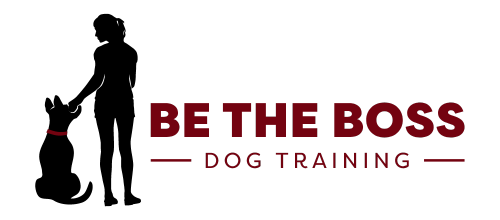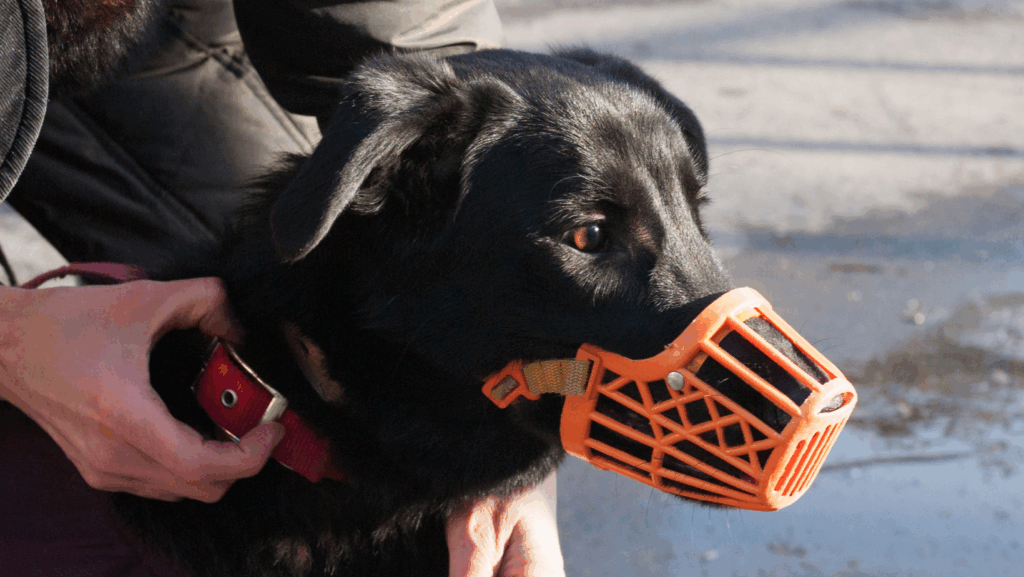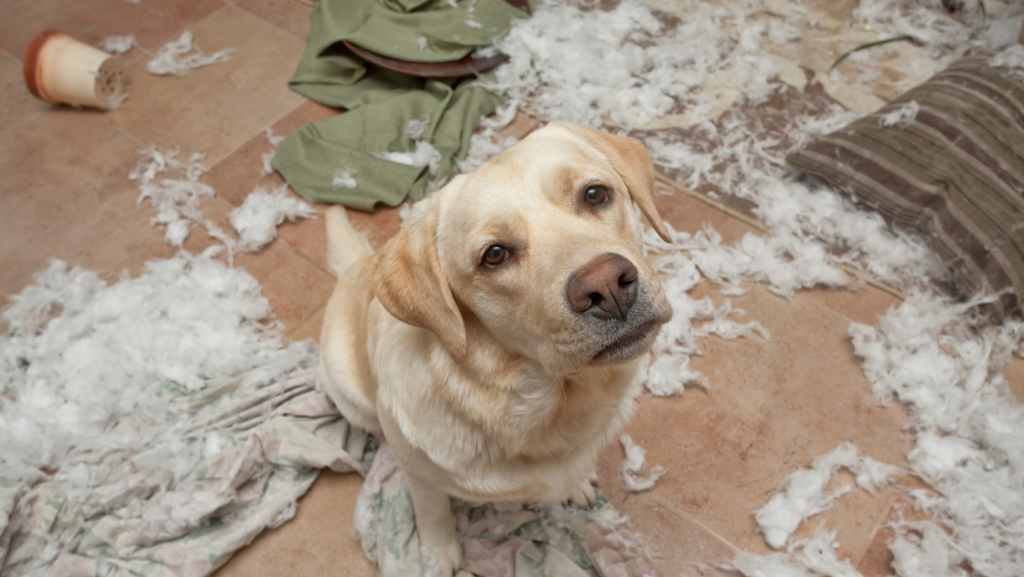We took our boxer mix to a local retailer for pure positive obedience class. We were able to teach him to sit, down, and walk nicely on a leash. However we tried for weeks to break his jumping on people, lunging at other dogs on the leash, and running away. But no matter what treats we offered the jumping, lunging and running away were more interesting to him.
We were told just to turn our back to him when he jumped and he would stop jumping…and to turn around and walk the other way when we saw another dog. Nope…didn’t work, and how was I supposed to walk around my block every time I had to turn around when I saw another dog?
Then we tried balanced training last November. The trainer taught us everything pure positive taught us…but added consequences for our dog’s bad behavior. Jumping up on people? Fixed in TWO seconds. Lunging at other dogs on leash? 5 minutes. Barking at the door? One day.
Do I beat my dog? No. Does my dog recoil from me in fear? No. Is my dog more aggressive towards me? No. My dog has more freedom than he’s ever had before because of his good behavior. Balanced training means telling your dog no. That some behaviors are unacceptable.
Out of fear and frustration people bring their dogs to shelters every day. Don’t be one of them! Just like I discovered…there is hope…and it won’t take forever. In some cases…just a few seconds!
Thank you for reading. If you found this valuable please like below. Thanks again!





